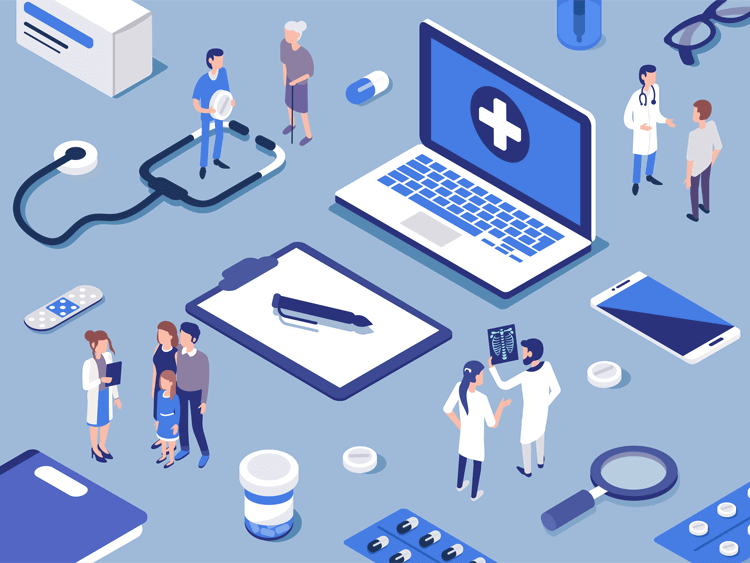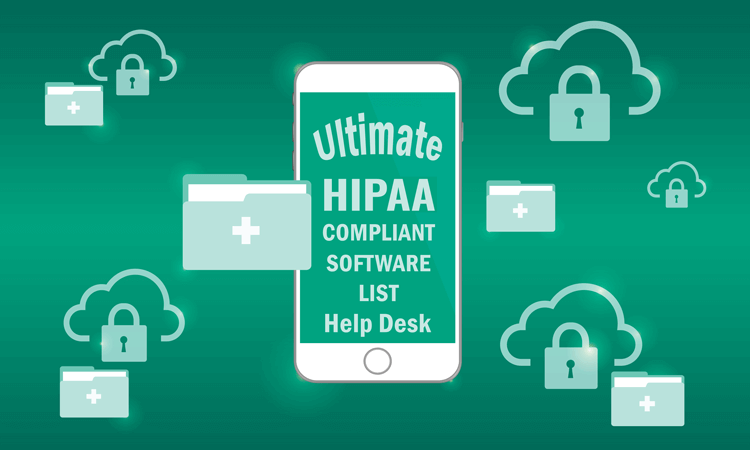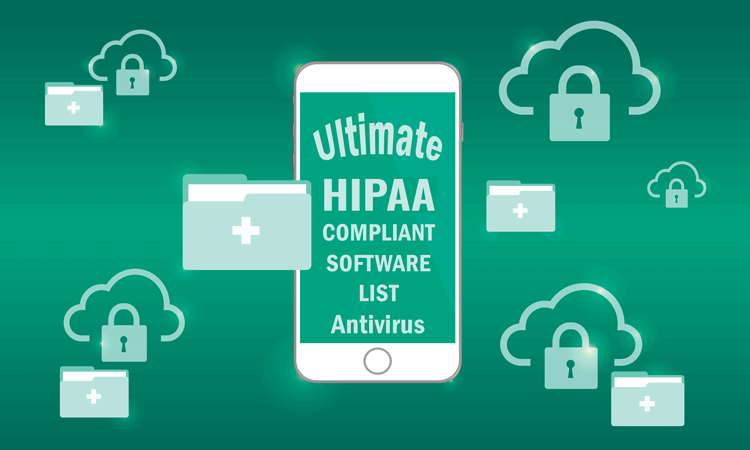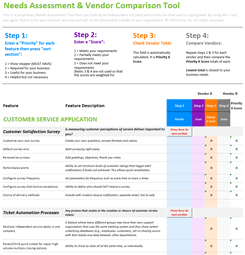7 Strategies for Providing Excellent Customer Service at a Hospital
When people think of the "customer service industry," they instinctively think of retail or food service. However, customer service is not only performed on a daily basis by department stores and restaurants. Healthcare institutions like hospitals are also part of the industry.
Hospital customer service is just as important as the medical care hospitals provide. In other words, a patient's healthcare experience is linked to the facility's customer service performance.
In this article, we will discuss the importance of customer service in hospitals. We'll look at some challenges hospitals face when offering the best healthcare services possible. And we'll offer seven strategies healthcare institutions and professionals can incorporate into their services.

What is Customer Service in Hospitals?
Hospital customer service refers to the care provided to patients throughout their healthcare journey. The idea is to treat patients as "customers" and give them the best "product" or "service" possible.
Customer service in hospitals includes every touchpoint where a patient interacts with the hospital, from prospective patients booking an appointment to when they are discharged.
Hospital Customer Service Examples
- Answering billing questions
- Delivering lab results
- Providing status updates on appointments
- Providing hands-on care
- Interacting with hospital liaisons
While it's helpful to think of patients as customers and the care they receive as a product or service, it's important to remember that we are not talking about typical customers in a typical industry.
Compared to other service industries, hospital customer service is incredibly nuanced. Some patients may need a routine checkup, while others may be fighting for their lives. Therefore, hospitals need unquestionably high-quality customer service.
The Importance of Customer Service at a Hospital
Providing high-quality care and achieving patient satisfaction is not only ethical. It's necessary to receive high scores on the Hospital Consumer Assessment of Healthcare Providers and Systems (HCAHPS, pronounced "H-caps") survey. The HCAHPS survey "is the first national, standardized, and publicly reported survey of patients' perspectives of hospital care."
According to the Centers for Medicare and Medicaid Services (CMS), "These surveys ask patients (or in some cases their families) about their experiences with and ratings of, their health care providers and plans, including hospitals, home health care agencies, doctors, and health and drug plans, among others. The surveys focus on matters that patients themselves say are important to them and for which patients are the best and/or only source of information."
These surveys are important because they help inform hospitals about the quality of their care. In addition, the surveys can affect the reimbursements that the CMS provides to healthcare institutions, such as hospitals. The CMS pays hospitals for the number of services provided and for providing high-quality medical services.
Therefore, the better the survey results or the better the patients' experiences, the more secure the hospitals' funding can be. With more revenue, hospitals can continue to improve their healthcare services.
Challenges of Providing Great Customer Service at Hospitals
All healthcare professionals would agree that excellent medical care and customer service are important. However, numerous obstacles can prevent the best possible customer service.
-
Healthcare is Complex, with Many Stakeholders
The system can be difficult for patients to navigate, and healthcare information can be difficult to understand. In addition, many stakeholders are involved in the process, making it challenging to guarantee positive customer experiences across all interactions.
Many rules and regulations within the healthcare industry also make doing business difficult. The most obvious and important is the Health Insurance Portability and Accountability Act (HIPAA). Giva has a one-stop HIPAA resource center where you can learn about HIPAA compliance. Giva also offers a variety of HIPAA-compliant software solutions for healthcare.
-
Difficulties with Appointments and Long Wait Times
Booking and rescheduling appointments with hospitals and doctors' offices can be inefficient. If only it could be as easy as making a dinner reservation or booking a hotel online!
Long wait times is another obvious obstacle that impacts customer service in hospitals. According to Sara Heath, the Executive Director of Tech Target, "30% of patients facing long wait times leave before seeing the doctor, while 20% will change providers altogether following a long wait time experience."
-
Uncoordinated Care and Low Staff Buy-In
Sadly, not all medical care within the United States is as seamlessly coordinated as we'd like. Medical care can be spread among different facilities and providers. Therefore, it can be challenging to maintain a consistently positive customer experience.
In addition, it can be tricky to get some healthcare staff to buy into and exemplify customer service best practices. Therefore, as the saying goes, "One bad apple can spoil the bunch."
7 Strategies to Provide Excellent Customer Service in Hospitals
Hospital managers must create and analyze strategies to accomplish customer service goals. Acquiring a better understanding of strategies for customer service can increase customer satisfaction. As a result, you increase the growth of loyal and trusting customers for the hospital system.
-
Focus on Communication
Effective communication is essential for high-quality care and superior customer service. The most effective communication strategies include multiple modes of communication:
- Text messages
- Phone/Video calls
- Emails
- Blogs
- Customer help desk software
Communication should not only be effective and efficient for handling practical items like scheduling appointments, billing, and delivering critical health updates. Communication in a healthcare setting should also be interpersonal, compassionate, and empathetic.
-
Enhance the Hospital Environment and Company Culture
The physical environment and company culture are essential to improving customer satisfaction in a hospital. A hospital's cleanliness impacts a patient's perception of how well (or not) they are being cared for. In addition, the spaciousness of hospital rooms, lighting, food menu, and other amenities all assist in ensuring a satisfactory customer service experience.
Promoting a positive company culture is also a strategy for improving customer service. Healthcare institutions with clear organizational goals provide better service. In addition, hospitals with positive core values provide a better experience for their patients.
Healthcare institutions like hospitals can motivate their employees to exemplify their positive company culture through motivation and incentive programs. Employee awards, retreats, and celebrating acts of kindness help create higher customer satisfaction.
-
Hire Well and Provide Comprehensive Employee Training
A patient's experience depends a lot on the people they interact with. Therefore, hiring the best people is a vital customer service strategy. When hiring healthcare employees, it's best to prioritize folks who have critical customer service soft skills:
- Listening
- Communication
- Conflict resolution
- Empathy
- Organization
- Pressure management
- Problem-solving
It's also critical to continue training your personnel. Customer service training improves patient satisfaction and the ratings of physicians and nurses. For example, a robust healthcare customer service training plan should:
- Teach your organization's customer service policies and customer experience standards
- Evaluate the high-quality care provided by healthcare employees
- Educate customer service representatives about customer support tools
- Establish clear goals and expectations for exceptional customer service
Giva has designed AI-powered help desk software for healthcare institutions like hospitals. The software allows you to spend more time with patients, increasing customer satisfaction by 38%. The software also helps reduce training costs by up to 70% and boosts operational efficiency by 47%.
-
Offer Virtual Patient Portals and Electronic Health Records
Online patient portals are critical for patients and healthcare professionals practicing modern medicine. Virtual patient portals allow patients to have more autonomy over their care, enhancing their experience. For example, portals allow patients to:
- View test results
- Request refills of prescriptions
- Handle invoices
- Receive reminders for appointments
- Communicate with their care providers
Online patient portals also allow care providers to access electronic health records (EHRs). Hospitals use EHRs to document care, medical history, and notes. This is especially helpful if multiple providers are involved in a single case. Providers can deliver better care when the necessary information is in one place. Better care enhances the experiences of their patients.
-
Gather Feedback from Patients
It's imperative to allow patients to provide feedback via surveys. Gathering feedback from patient surveys can identify strengths and pain points. With survey data, hospitals can intentionally work to improve their customer service performance.
Healthcare facilities can also deploy focus groups to gather information. Lastly, committees and working groups inform hospital policy to enhance patients' experiences.
-
Deploy High-Tech Software and Other Tools
The healthcare industry is becoming increasingly more digitized and automated. And for good reason. High-tech software and other tools in a hospital setting can enhance patient care. But it's not only medicine that can be improved with high-tech updates. With the correct software and tools, you can also improve customer service.
For example, Giva has created AI-powered customer service software. The software helps healthcare professionals within hospitals. It assists in focusing more on the patient's happiness and well-being. With Giva's powerful customer service software, you can:
- Improve first-contact resolution and response times
- Increase customer satisfaction with proactive issue monitoring
- Optimize agent performance
Learn more: See your ultimate list of HIPAA-compliant software tools and applications.
-
Build Empathy and Compassion Into the Structure of Your Organization
According to the Harvard Medical School, "Patients report that empathy and compassion are just as important as training and experience when it comes to choosing a physician."
Empathy is all about awareness of other people's lived experiences and trying to understand their feelings. On the other hand, compassion is about taking action when motivated by empathy. And both are vital for providing patient-centered care.
Learning to empathize and act compassionately starts at the top with hospital managers. When senior leaders display empathic behavior, it can spread to the rest of the organization. You can also incorporate empathy with emotional awareness training and self-management strategies. Lastly, redesigning care processes with empathy-centered thinking can improve patient experience. You can better understand the patient's journey and pain points.
3 Case Studies of Great Customer Services in Hospitals
Here are three real-world examples to help illustrate the seven strategies from above:
-
Corewell Health's Price Transparency Tool
Corewell Health is a Michigan-based healthcare system. According to U.S. News & World Report's Best Hospitals Rankings for 2024-2025, Corewell Health William Beaumont University Hospital is the top hospital in Michigan.
The Corewell Health system deploys a price transparency tool programmed into a patient's health record. This allows the record to show financial data, payer contracts, and claims history. Physicians can also load their feeding schedules into the tool.
Patients can self-create estimates using the transparency tool. After using the tool, they receive a survey to gauge their experience.
In addition, Corewell Health emphasizes patient education and counseling to enhance price transparency. Financial counselors will contact patients with price estimates ahead of scheduled appointments.
Amy Assenmacher, MBA, senior vice president for revenue cycle with Corewell Health, explains: "When you use the cost estimator tool, you get rewarded for being a smart shopper. It's a pretty cool program to really incentivize our patients to be part of that informed decision-making and choosing that lower cost of care for them."
-
Masonic Children's Hospital Patient-Friendly Rooms
The M Health Fairview Masonic Children's Hospital, located in Minneapolis, Minnesota, transformed 44 rooms with unique, patient-friendly features. The transformation of their hospital rooms was part of an Adopt-a-Room program where community donors could donate to transform the space from hospital rooms to sanctuaries.
The most popular feature of these high-tech rooms is the in-room video conferencing. Video conferencing allows patients to stay virtually connected with family and friends. In addition, each room was updated to include:
- Patient-controlled lighting
- Colorful designs and abundant natural lighting
- Large-screen TVs and computers
- Family-centered accommodations like added closet space
- Additional monitors so parents can work remotely from the hospital
-
The Cleveland Clinic's Patient-Centric Model
The Cleveland Clinic, founded in 1921, is a non-profit medical institution providing clinical and hospital care. With over 300 locations, it has become one of the top hospitals in the United States.
The Three Core Values of the Cleveland Clinic:
- Transparency: Patients are well-informed about their conditions, treatment options, and potential outcomes.
- Empathy: The clinic's company culture and hospital environment are engrained with empathy. In addition, their providers demonstrate genuine compassion for their patients.
- Patient Engagement: Patients are involved in meaningful conversations with their providers. They make their own care decisions, which helps them feel valued and respected.
Good Medical Care Equals Excellent Customer Service
Good medical care and excellent customer service in hospitals go hand in hand. Deploying these seven customer service strategies can help healthcare institutions expand their business. These strategies can also improve patient satisfaction.
Giva Offers HIPAA-Compliant Customer Service Solutions
Giva can help your support organization streamline its efforts.
Features include:
- HIPAA-compliant ticketing
- Visual insights with real-time dashboards
- Simple setup
- Robust reporting and analytics
Let Giva be your partner for all of your support center needs! Book a free Giva demo to see our solutions in action, or start your own free, 30-day trial today!





